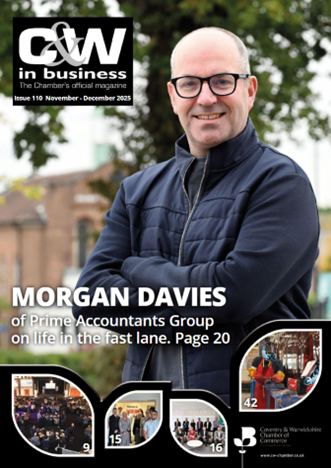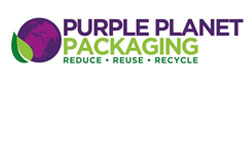The revised tariffs will be implemented on August 7.
David said: “This deal has potentially put manufacturers in the Midlands and other hubs to the front of the queue when trading with the world’s largest economy, though it is still a sizable increase on the previous average of 1.3%,
“That said, UK manufacturers now ultimately offer 5% lower tariffs than EU competitors, which could matter in price-sensitive sectors and help UK manufacturers compete more effectively against European rivals.
“Furthermore, we could see the UK's lower tariff rate influencing manufacturing location decisions in the long term for companies targeting the US market.
“Firms will be revieing whether relocating production to the UK from EU sites, or expanding existing UK operations, makes commercial sense.
“Even with the special relationship, the UK couldn't persuade Trump to drop all tariffs. The 10% baseline appears to be the minimum rate, and analysts expect this to continue long-term, so this mustn’t be viewed as a temporary trade dispute.
“Companies need to factor in sustained higher costs than in previous years, but it’s still better than what many countries have been handed.”
The 10% reciprocal rate was part of the US-UK trade deal announced in May 2025, making the UK the first country to secure such an agreement in practice.
For the automotive industry, the 10% tariff applies only on the first 100,000 UK vehicles annually. A 25% applies to additional vehicles.
Crucially, tariffs on steel & aluminium were reduced to zero under the trade deal, albeit these are still 25% until further details regarding a set quota is agreed. This is 50% for other countries.
The UK retained its 2% tax on US tech firms despite pressure to drop it.
Elsewhere, Brazil has been hit hardest by the August 1 announcements, as it will face 50% tariffs – though this is said to be due to political reasons rather than trade issues.
Canada’s 35% tariff rate, up from 25%, appears severe but 90% of Canadian goods are exempt under the existing USMCA trade agreement.

























